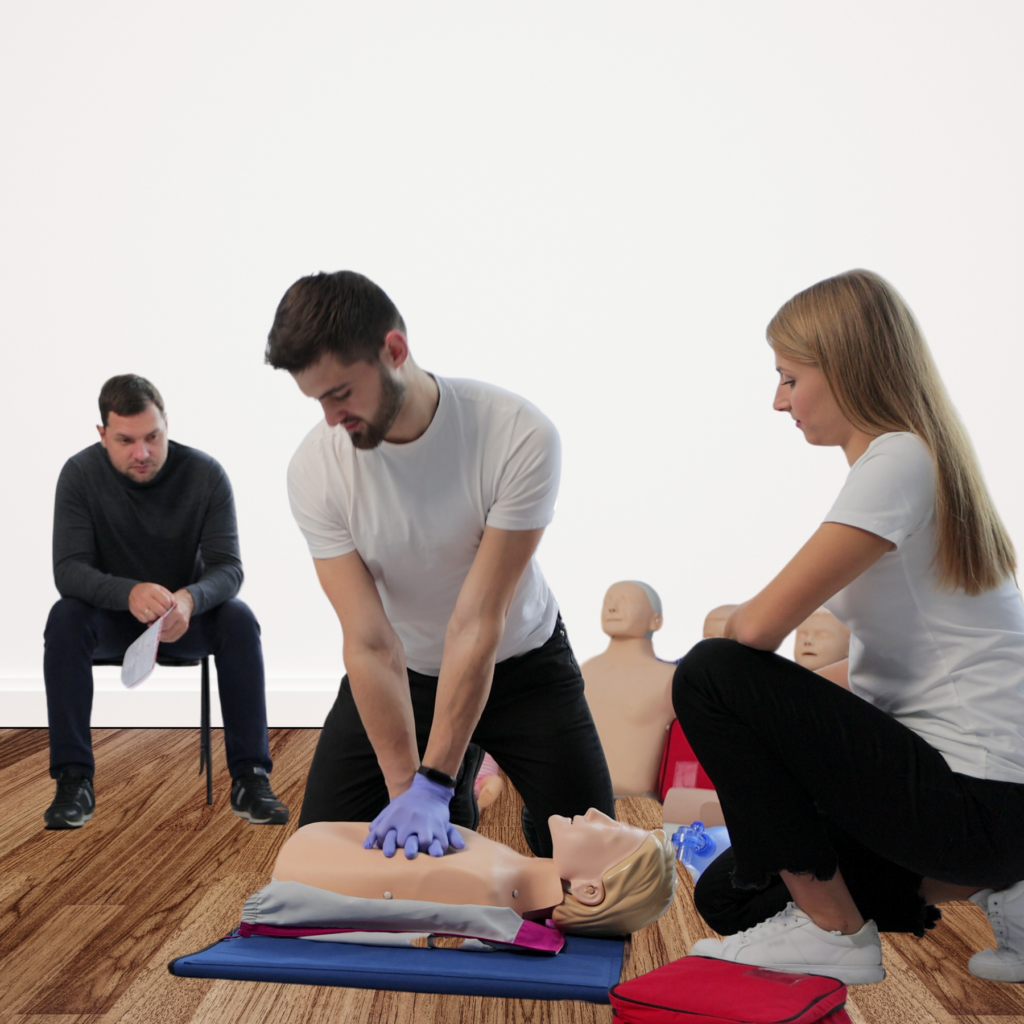Industrial and manufacturing companies face unique safety risks every day—from heavy machinery to high-pressure environments. Having onsite First Aid, CPR, and AED training is one of the best ways to protect your workforce and meet OSHA workplace safety requirements.
When employees are trained, they can respond quickly in an emergency, reducing downtime and saving lives. AEDs (Automated External Defibrillators) are most effective when used within minutes, and onsite training ensures your team knows exactly what to do.
Why Workplace Training Matters: The Numbers
- In 2023, 5,283 U.S. workers died from job-related injuries—a rate of 3.5 deaths per 100,000 full-time workers (OSHA Common Stats).
- More than 1.5 million nonfatal injuries and illnesses were reported in 2023, resulting in over 18.5 million lost workdays (OSHA 2023 Injury & Illness Summary).
- Manufacturing accounts for 17% of all reported workplace injuries and illnesses (OSHA 2023 Summary).
- On average, 27 severe injuries occur every day, including hospitalizations and amputations, with manufacturing among the hardest-hit sectors (OSHA Severe Injury Reports 2022–2023).
- The American Heart Association reports that 10,000 cardiac arrests occur annually in U.S. workplaces—yet 55% of employees lack access to CPR/AED training, and half don’t know where their nearest AED is located.
Benefits of Onsite Training for Industrial & Manufacturing Companies
 Meets OSHA and industry safety standards
Meets OSHA and industry safety standards
 Custom training tailored to your workplace environment
Custom training tailored to your workplace environment
 Reduces liability and boosts employee confidence
Reduces liability and boosts employee confidence
 Creates a culture of safety in high-risk industries
Creates a culture of safety in high-risk industries
Take Action
Given the high stakes—both in terms of human life and operational efficiency—industrial and manufacturing companies can’t afford to overlook onsite First Aid, CPR, and AED training. Empower your team with lifesaving skills that reduce downtime, protect employees, and ensure compliance with OSHA requirements.
 Contact CPR4LIFE USA Contact Us today to schedule onsite training at your facility
Contact CPR4LIFE USA Contact Us today to schedule onsite training at your facility





